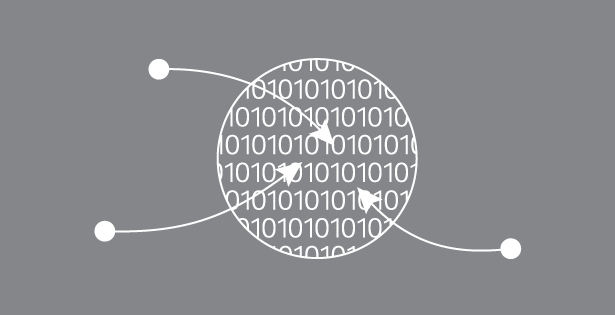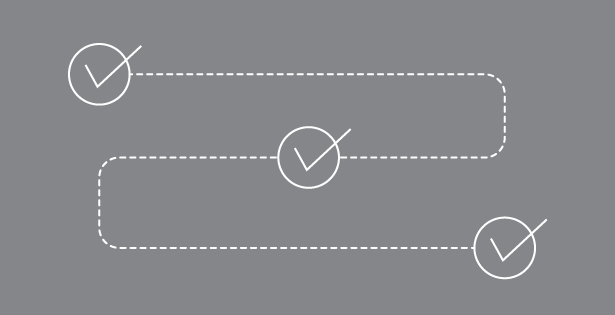Article 2 in Our Series on Emerging AR Trends
This article is part of our series exploring the latest trends in Accounts Receivable (AR) and how they are reshaping software selection and the requirements gathering process. In case you missed it, Article 1: The Age of Automated Accounts Receivable introduced the growing role of automation in AR and what that means for modern finance teams.
Now, in Article 2, we take a closer look at how the rise of virtual card payments is transforming the Invoice-to-Cash (I2C) process—and what your organization needs to consider when evaluating AR technologies and processes.
According to a study by Juniper Research, the total volume of virtual card transactions is projected to reach 175 billion by 2028, a significant increase from 36 billion transactions in 2023. This anticipated surge will have a profound impact on the Accounts Payable and Accounts Receivable departments. In this article, we will focus on how virtual card payments will impact Invoice-to-Cash (I2C) processes, and what organizations can do to prepare.
Benefits |
Disadvantages |
Guaranteed Payment, FasterVirtual card payments are processed instantly, eliminating common risks associated with other forms of payments like ACH and checks. |
Merchant FeesThese transactions typically incur interchange fees of ~2-3%, making them more expensive for suppliers. |
Enhanced SecurityMost virtual cards can only be used once, reducing the risk of fraud that accompanies other forms of payment. |
Vendor Adoption ChallengesSome companies may not accept virtual card payments, preferring lower-cost payment methods. |
Improved Management of Cash FlowCompanies receive payments faster, allowing buyers to offer extended payment terms from their issuing banks. |
Processing ComplexityVendors may lack solutions to integrate virtual card processing into their financial systems. |
Automatic ReconciliationVirtual payments provide more data within the payment itself, such as structured remittance data, simplifying reconciliations and reducing manual effort. |
Potential Disruption of Cash FlowIssues in processing these payments could negatively impact a company’s working capital. |
Reduced Processing CostsVirtual cards typically have lower handling costs compared to checks or wire transfers. |
Limited Use CasesVirtual cards may not be ideal for every invoice payment scenario, such as recurring payments or high-value transactions. |
Increased ControlBusinesses can implement extra controls around the transaction amounts and authorized vendors, reducing misuse or overspending. |
Administrative BurdenImplementing and maintaining increased controls around transaction amounts and authorized vendors can be time-consuming and may require additional resources, potentially offsetting efficiency gains. |
How RSM Can Help
Did you know that RSM’s Finance Automation team specializes in optimizing Invoice-to-Cash (I2C) processes? We partner with leading technology providers to address the complexities of virtual card payment processing through:
- End-to-End, Touchless Processing
Streamlines payment handling with no manual intervention.
- Automated Virtual Card Processing
Easily configurable to process virtual card payments automatically upon receipt.
- PCI Compliance
Ensures secure and compliant handling of sensitive payment data.
Ready to Future-Proof Your I2C Process?
Whether you’re looking to streamline your virtual card processing or are just beginning to explore I2C automation, RSM can help. Reach out to our Finance Automation team today to learn more.

 RSMUS.com
RSMUS.com


